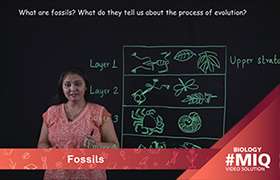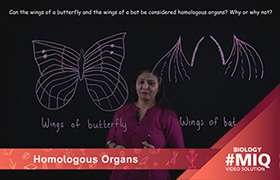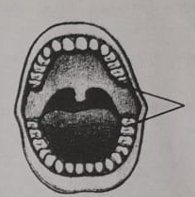CBSE Class 10 Answered
Radiocarbon dating (carbon dating) is a radiometric method that uses the naturally occurring carbon-14 (14C) to estimate the age of carbon-bearing materials up to about 58,000 to 62,000 years.
When plants fix atmospheric carbon dioxide(CO2) into organic material during photosynthesis they incorporate a quantity of 14C that approximately matches the level of this isotope in the atmosphere (a small difference occurs because of isotope fractionation, but this is corrected after laboratory analysis). After plants die or they are consumed by other organisms (for example, by humans or other animals) the 14Cfraction of this organic material declines at a fixed exponential rate due to the radioactive decay of 14C. Comparing the remaining 14C fraction of a sample to that expected from atmospheric 14C allows the age of the sample to be estimated.









